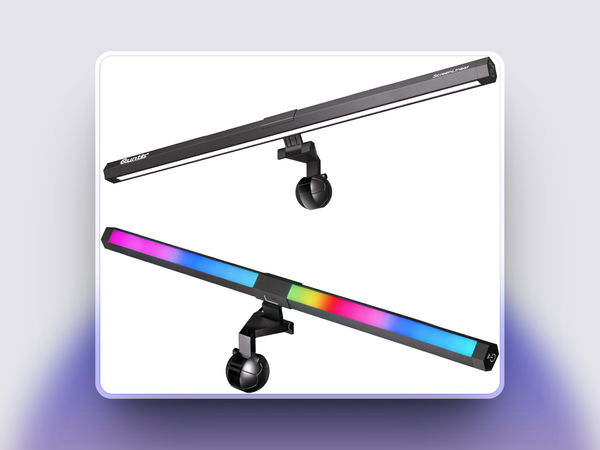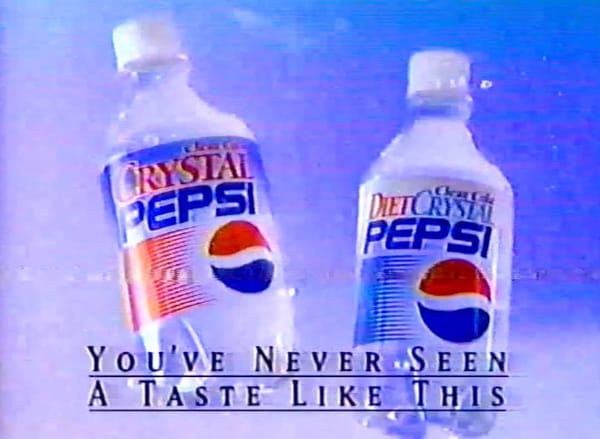PlayStation 2 Design: Celebrating A Timeless Aesthetic
Black monolithic slab of emotional ingenuity

When you think of iconic design, what comes to mind first?
The Walkman? What about the original iPod? Perhaps the swooping curves of the Lamborghini Miura designed by none other than Marcello Gandini is the only answer to this question.
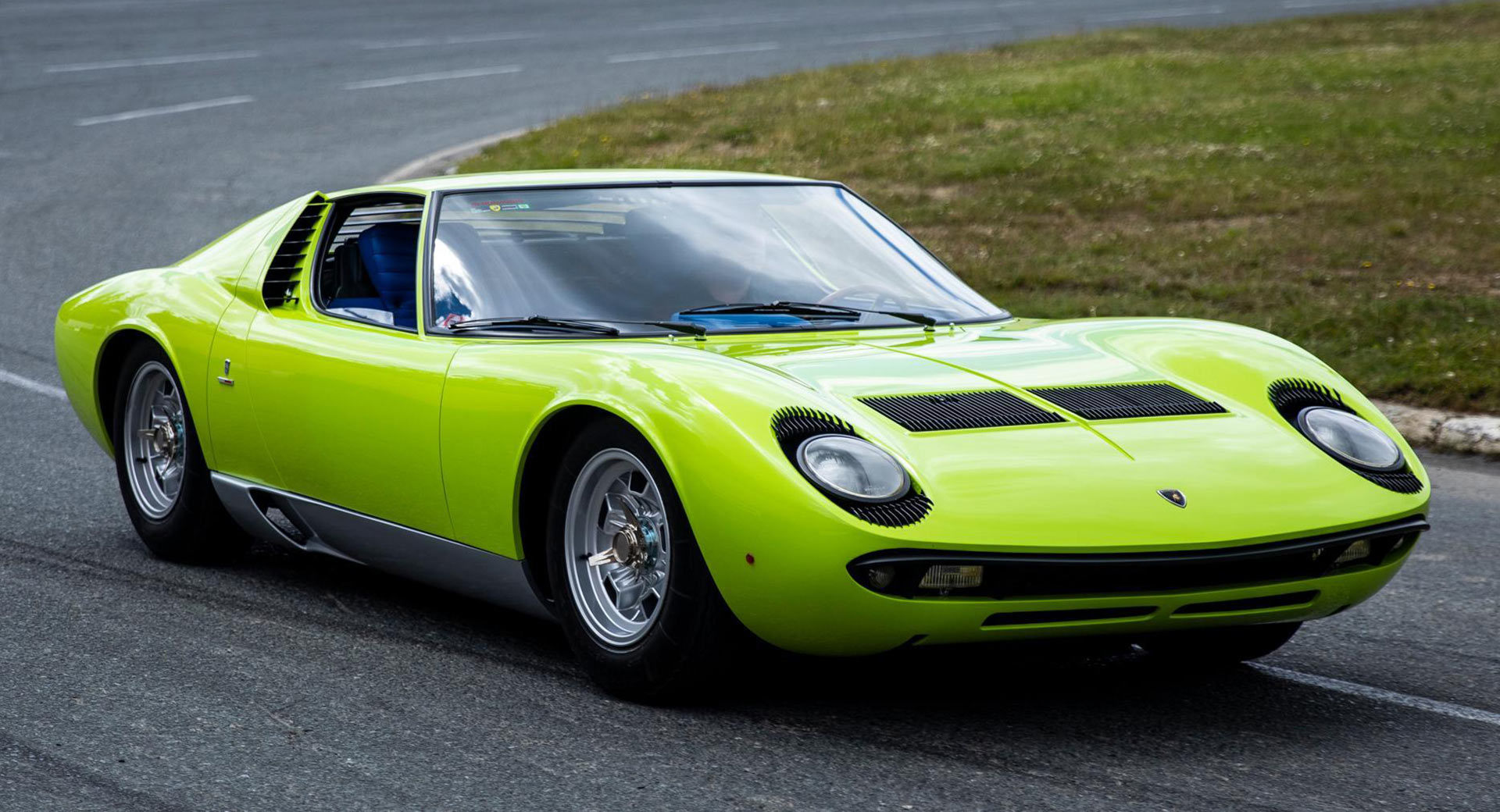
Maybe you're all about that Noguchi aesthetic. Surely then it has to be the Akari Lamp 1A? It's a difficult question to ask, but even harder to answer.
There's a name you're probably not familiar with in the world of product design, however. Why most folks haven't heard of Teiyu Goto I'm not quite sure.
Perhaps it's a reflection of the conservative nature of Japanese culture that folks outside of Japan don't know who Teiyu Goto is. But if you're a gamer, you're likely to have interacted with his work.
Oh, his work? I mean, he only worked on the original PlayStation, the original PlayStation controller, PSOne, PocketStation, PlayStation 2, and PlayStation 3.
Not to mention his work in the logo space, such as the famous VAIO logo for Sony's range of beloved-now-dead PC hardware.
Talk about being a prolific designer!
Yet his name isn't quite the household name like Rams, Ive or Giugiaro.
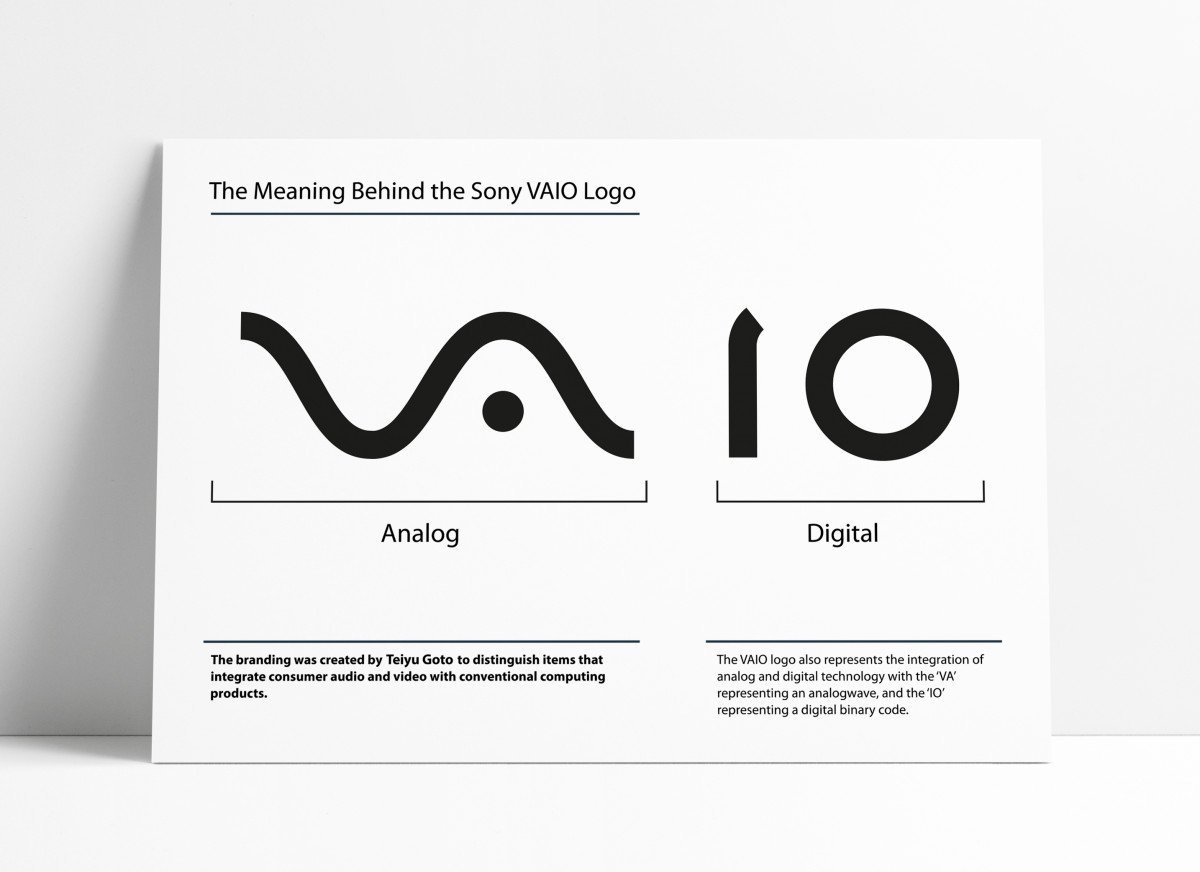
Going back to that initial opening question - When you think of iconic design, what comes to mind first?
For me, it's the PlayStation 2.
Perhaps an odd choice by some standards, but for me, not so. It was probably the first product I owned that I considered "designed". Of course, everything made by humans is designed to some extent.
"The designer's role is to design an easy-to-use, long-lasting and aesthetically nice object despite the design constraints." - Teiyu Goto
But what I mean is that it had form and functionality. So whenever I think of iconic design, the first image that comes to mind is the monolithic in nature, mysterious in stature, PlayStation 2.
A black box not of this Earth. Subtle, discreet and completely alien in nature.
Dieter Rams' design approach at Braun aimed to seamlessly blend form and function, creating items that were both visually appealing and practical.
This is the standard all product designers strive to achieve—a harmonious marriage of aesthetics and utility that enhances the user experience and stands the test of time.
It's products that manage to tick both boxes that often go down in history as iconic.
The Walkman, the original iPod and yes, even the Lamborghini Miura. They work as intended, whether that be listening to music with ease on the go, or driving around the Côte d'Azur in Gandini's finest work.
The original PlayStation 2 transcends its role as a gaming console, establishing itself as a genuine masterpiece in visual aesthetics and design.
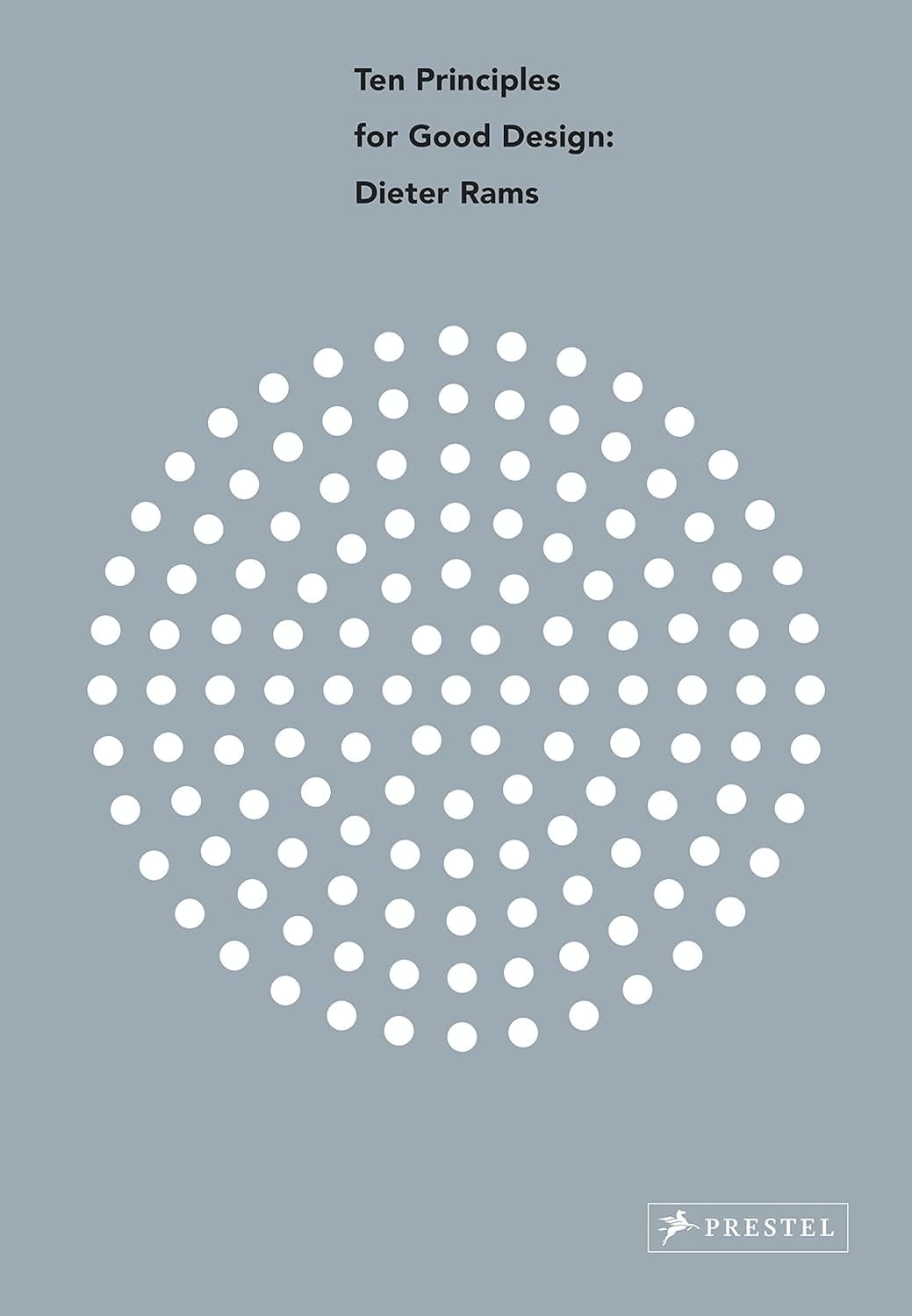
Ten Principles for Good Design: Dieter Rams
New in paperback, this book presents Dieter Rams aesthetic philosophy through highlights from a forty-year career designing iconic consumer products that enhance our daily lives.
When you think about it, the device grabs your attention with its look, but it stays low-key when you're engrossed in the images on the screen. It would not look out of place against a backdrop of black plastic CRT TVs or stereo equipment.
And that's a good thing, as the PlayStation 2 was bought as an affordable DVD player, so it had to be aesthetically appropriate so as to appeal to a market outside of gamers.
The angular design and blue/green colours symbolise Earth against space hinting at the infinite possibilities of the Emotion Engine.
"Form follows function – that has been misunderstood. Form and function should be one." - Dieter Rams
The carefully crafted simplicity of the black PlayStation 2 was so different to that of Sega's offering with the Dreamcast, or Microsoft's later with the Xbox.

I'm reluctant to say that the PlayStation 2 was better in terms of design, but it felt unique in comparison.
Sega's Dreamcast was a console at first glance. No doubt about it. That's not a criticism - I love the Dreamcast for entirely different reasons.
But the PlayStation 2? Questions would be asked about its capabilities while ogling it from across the room. Regardless of whether or not people thought it was a good design matters not - it simply got people talking.
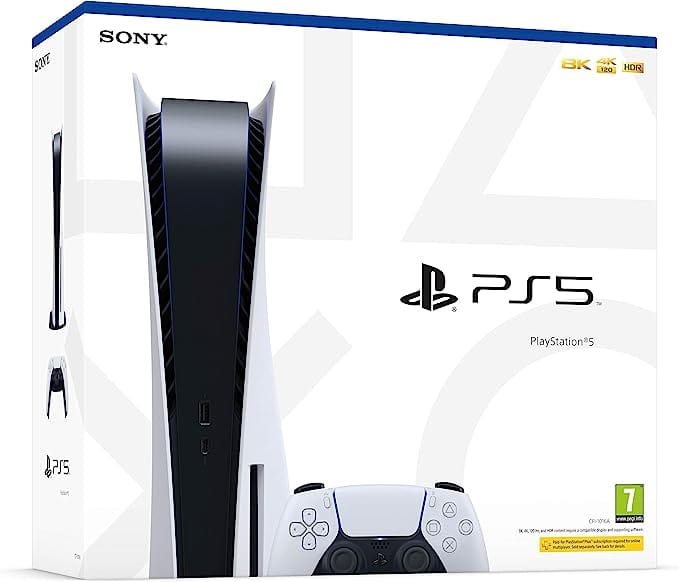
PlayStation 5
Experience lightning-fast loading with an ultra-high-speed SSD, deeper immersion with support for haptic feedback, adaptive triggers and 3D Audio, and an all-new generation of incredible PlayStation games.
You know what else got people talking? The PlayStation 5.
Whether or not the PlayStation 5 becomes a design icon in the future is still uncertain. Its bold and futuristic aesthetic has undoubtedly sparked conversations and piqued interest in why things are designed the way they are, and for me as a designer, that's a good thing.
Thank you Teiyu Goto, for everything you've done. Countless people have enjoyed gaming in the PlayStation realm because of your work.
In that respect, I guess it doesn't really matter who knows you or not, you've made millions happy, and what else could be more important?


